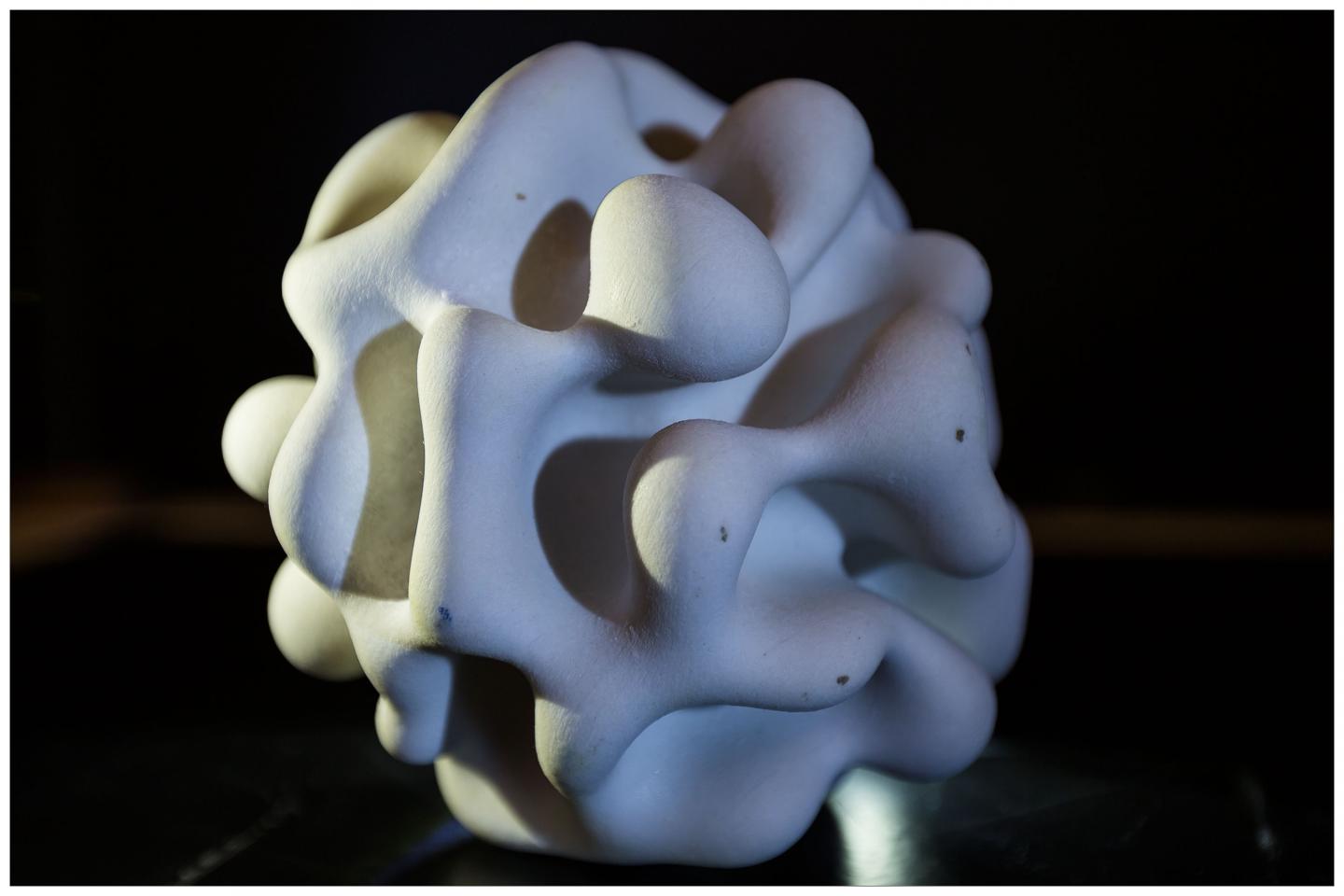
Credit: Ola Joensen
It remains unknown how cells “know” which structures to form in order to repair tissue damage:
Multicellular organisms can develop highly complex structures that make up their tissue or organs and are capable of regenerating perfect reproductions of these structures after injury. This involves folding of sheets, formed by groups of dividing and interacting cells. Yet, although much is understood about some of the intermediate steps that occur during development and tissue repair, exactly how thousands of cells together work out what shapes they need to form remains unknown.
Building the mathematical model:
“In this study, we wanted to see how cells organize into folded sheets and tubes, and how this process can be so precisely reproduced as is seen during development,” says lead author Silas Boye Nissen, PhD student at the Center for Stem Cell Decision Making, StemPhys, University of Copenhagen, Denmark. “To answer this question, we built a mathematical tool that can model two types of cell polarities and simulated how many cells organize themselves into folded sheets and organs”.
The researchers found that by changing one of two polarities in the model, they were able to simulate a rich diversity of shapes. The differences in the shapes were dictated by two factors: The initial arrangement of the cells and external boundaries – such as the shape of an egg influencing the development of the embryo inside.
By exploring a multitude of theoretical scenarios in which the polarities were altered, the model was able to narrow down the focus to a few theories to be tested experimentally. In miniaturized versions of organs grown in the lab (called organoids), the model predicted that rapid, off-balance growth of cells will cause the growing organoid to develop lots of shallow folds, while external pressure caused by the medium on the organoids will cause fewer, deeper and longer folds. This means the model can improve our understanding of how folded organs like the brain or the pancreas are formed.
Few, simple rules apply for the formation of biological shapes:
“Our findings advance our understanding of how properties of individual cells lead to differences in shapes formed by thousands of cells,” says senior author Professor Kim Sneppen, Director of the Center for Models of Life, CMOL, University of Copenhagen, and senior coauthor Ala Trusina concludes: “Our work suggests that body parts may not need detailed instructions to form, but instead can emerge as cells follow a few simple rules. We can now explore what happens if cells gain or lose their polarities at the wrong time or place, as often happens in cancer.”
###
Media Contact
Soeren Granat
[email protected]
45-35-32-06-05
Original Source
http://www.
Related Journal Article
http://dx.





